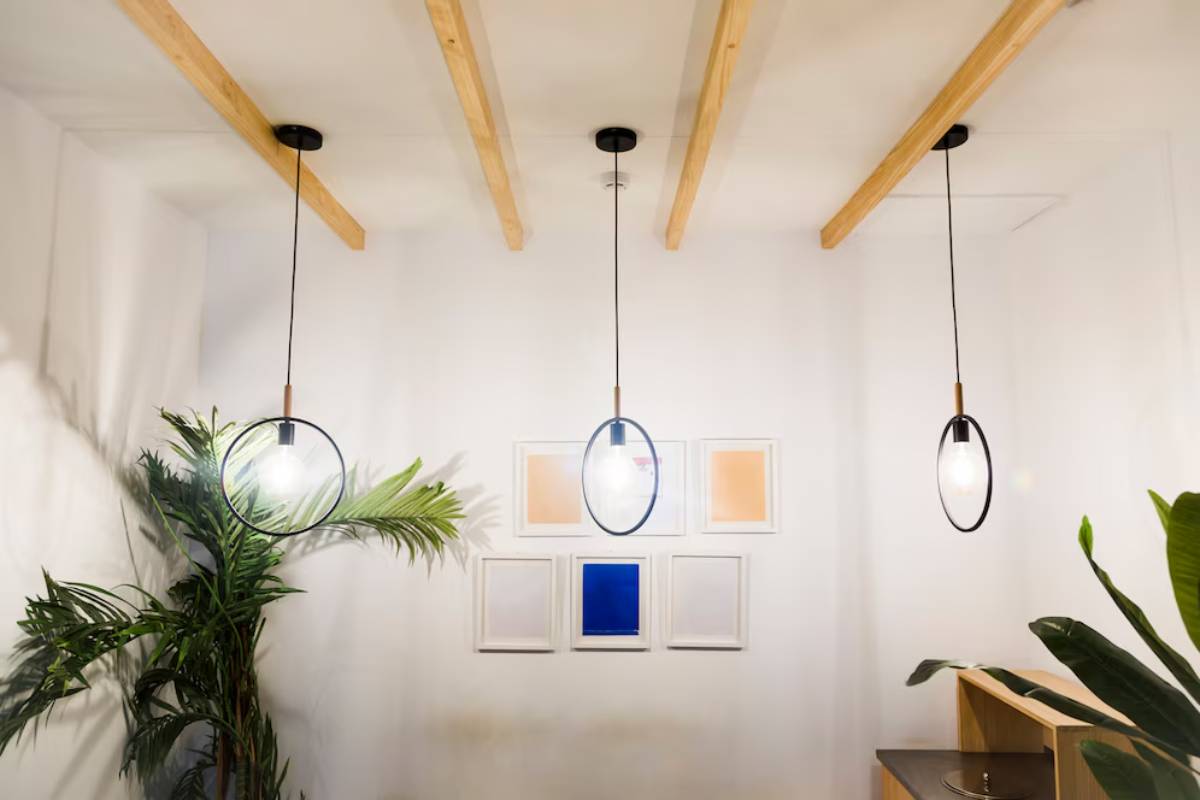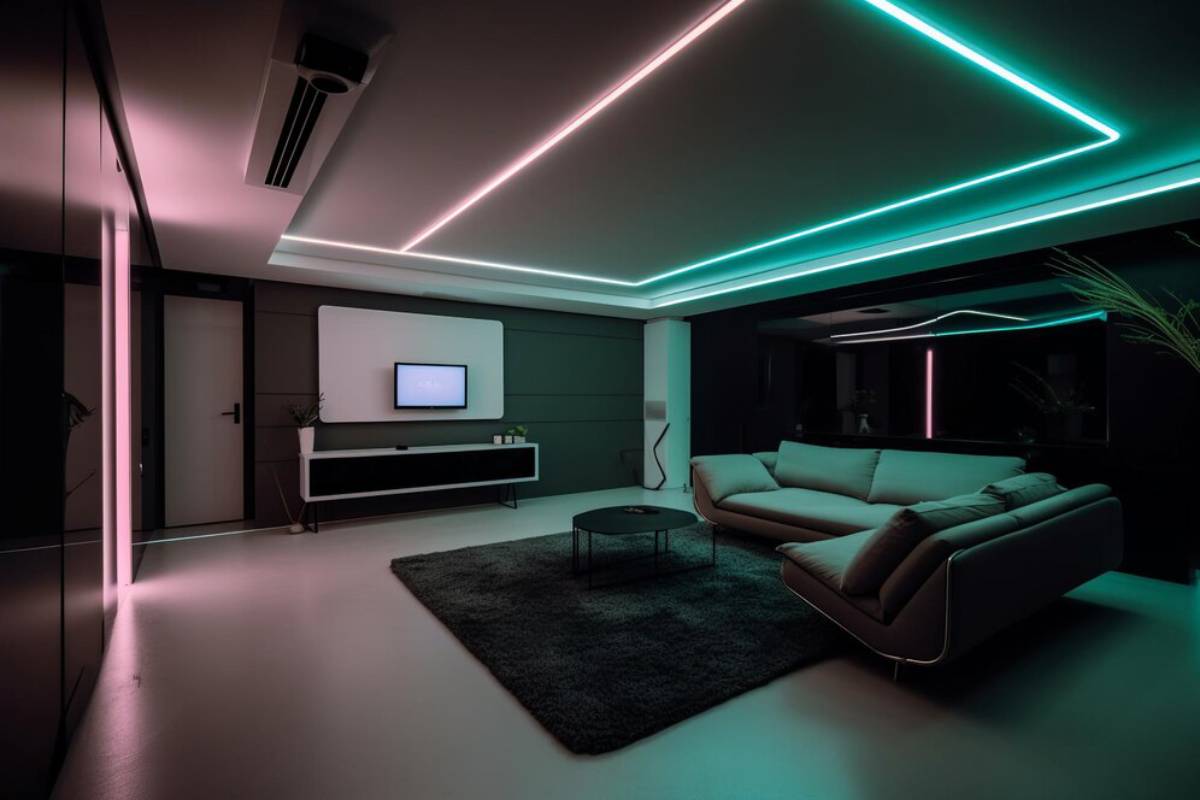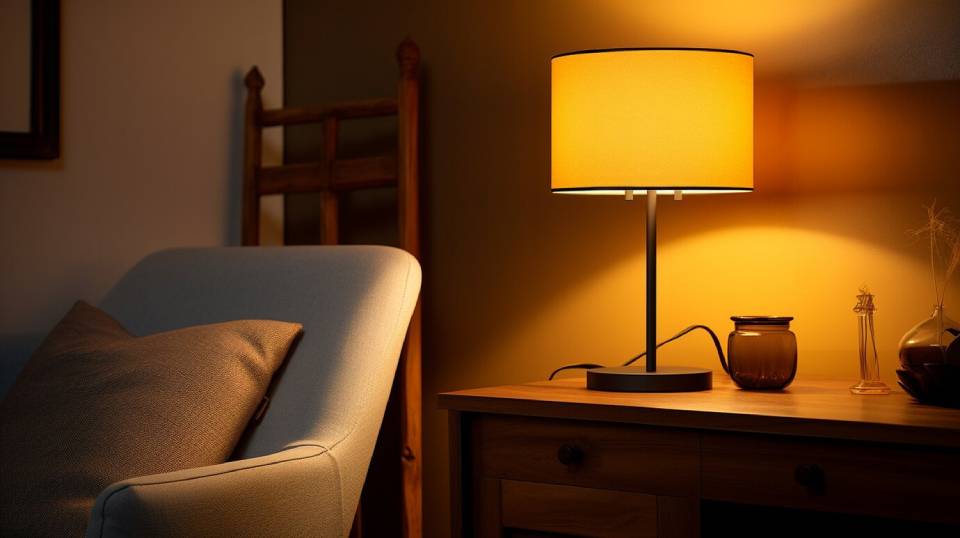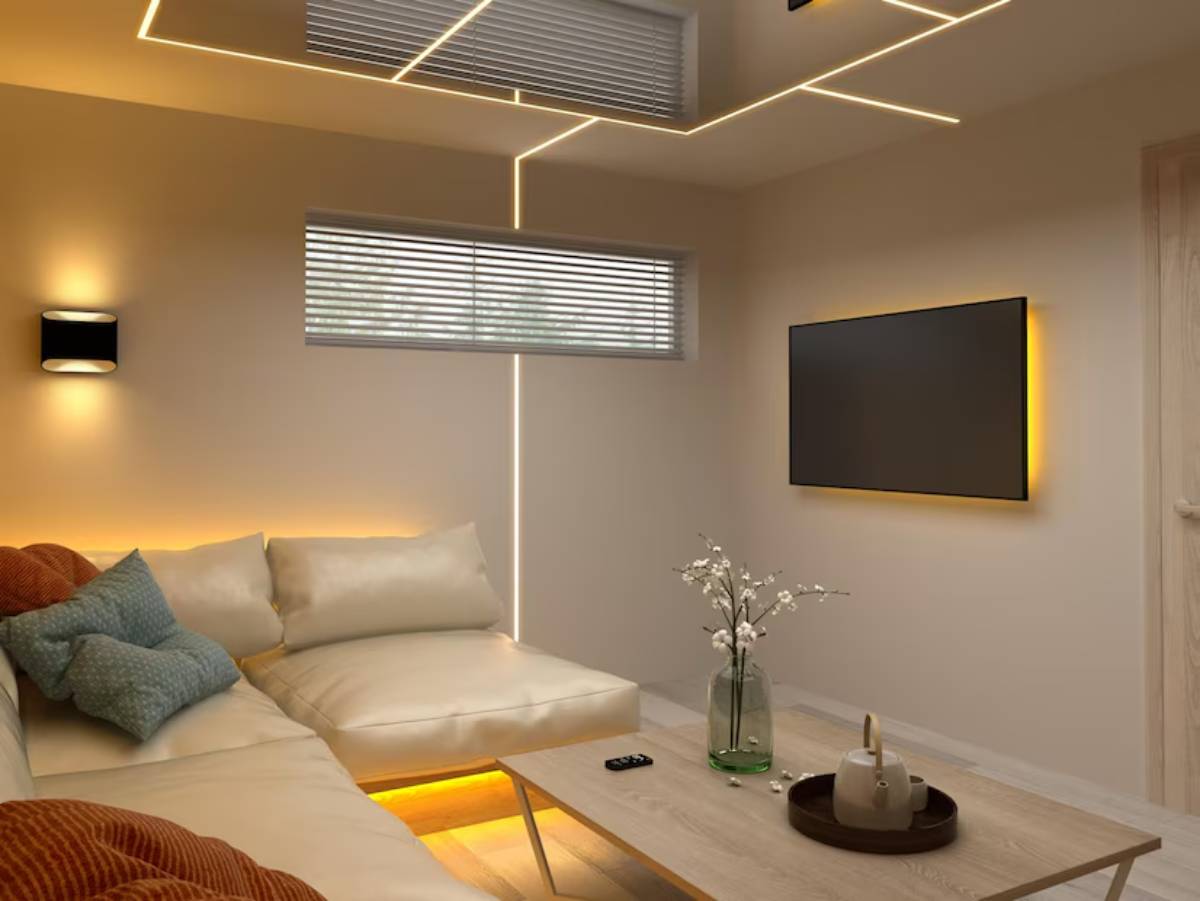
How to Brighten Windowless Spaces with Smart Lighting
Living or working in a windowless room can feel a bit like living in a cave — dim, enclosed, and lacking that uplifting natural vibe. But with the right approach to lighting, you can easily turn these challenging spaces into bright, welcoming havens.
In this article, you’ll discover practical, stylish ways to master windowless room lighting using smart lights. We’ll explore expert strategies to brighten dark spaces naturally and intelligently, helping you create rooms that feel open, comfortable, and energising. Ready to bring some (smart) light into your life? Let’s dive in!
The Importance of Lighting in Windowless Rooms
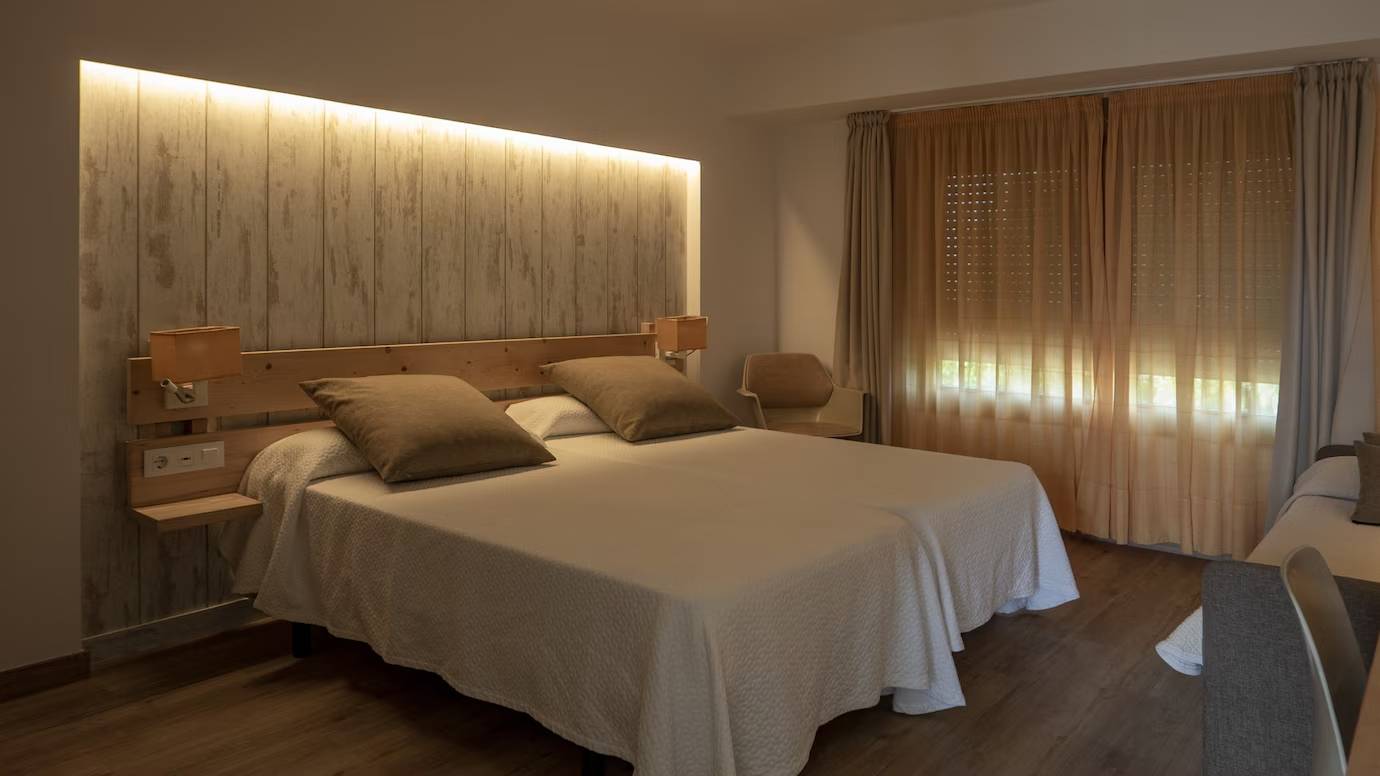
In spaces devoid of natural daylight, artificial lighting takes centre stage as your main design tool. It plays a crucial role in establishing ambience, enhancing functionality, and ensuring comfort. Thoughtful lighting choices can transform a room, making it feel inviting and well-balanced. By strategically layering different light sources, you can create depth and interest, combating the flatness that often accompanies windowless environments. With the right illumination, you can evoke specific emotions and highlight key features, turning an otherwise uninspiring space into a vibrant and engaging area.
Challenges of windowless spaces:
- Lack of natural light impacts mood and productivity
- Poor lighting can make the room feel claustrophobic
- Insufficient light can strain your eyes during tasks
Benefits of smart lighting solutions:
- Simulates natural light cycles
- Offers easy customisation for activities
- Enhances ambience and aesthetic appeal
Fun Fact: Studies by the Illuminating Engineering Society show that exposure to lighting mimicking natural daylight improves mental wellbeing and alertness.
Key Strategies to Brighten Dark Spaces Without Windows
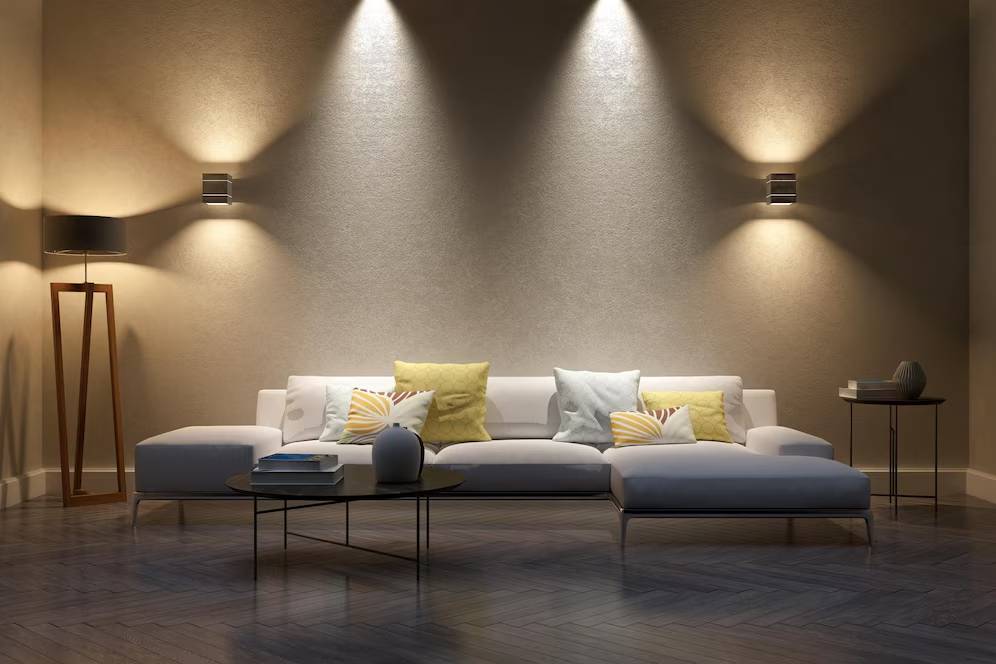
1. Layer Your Lighting
Using multiple light sources at different levels creates depth and eliminates shadows.
Three essential layers:
- Ambient lighting: Main overhead or wall-mounted fixtures
- Task lighting: Focused lights for reading, cooking, or working
- Accent lighting: Decorative or highlighting elements
Want to learn more about light layering? Explore Understanding Light Layers: Ambient, Task, and Accent in Tight Spaces.
2. Choose Smart Lights That Mimic Natural Light
Smart bulbs can adjust colour temperature and brightness to emulate the changes of the sun throughout the day.
Best Features to Look For:
- Tunable white (warm to cool settings)
- Circadian rhythm scheduling
- High CRI (Colour Rendering Index) for true-to-life colour
3. Maximise Reflective Surfaces
Mirrors and glossy surfaces bounce light around, making a dark room feel more expansive.
Ideas:
- Large mirrors on the walls opposite light sources
- Glossy white or pastel-coloured walls and furniture
4. Use Wall-Washing Techniques

Direct light across large surfaces (like walls or ceilings) rather than downwards, creating a soft, open feeling.
Tools:
- Wall-mounted sconces
- LED strip lights hidden behind cornices or furniture
5. Create Artificial Daylight With Light Panels
Install flat LED panels that mimic skylights to bring a subtle, natural daylight effect to the ceiling.
Top Picks:
- Nanoleaf Skylight Panels
- Coelux Artificial Sky Systems
Best Smart Lights for Windowless Rooms
1. Philips Hue White and Colour Ambience
Features:
- Full tunable white spectrum
- Circadian rhythm settings
- Voice and app control
2. LIFX Colour A19
Features:
- Extra-bright, wide colour range
- No hub required; direct Wi-Fi connection
3. Nanoleaf Lines
Features:
- Customisable wall-mounted smart light bars
- Great for creating ambient backlighting
4. Govee Glide Wall Light
Features:
- Colourful modular wall system
- Preset scenes to match different moods
Smart Lighting Tips to Brighten Up Windowless Rooms
Practical ideas:
- Set up sunrise/sunset routines: Simulate a natural day even without windows
- Use motion sensors: Lights activate automatically when you enter the room
- Customise scenes: Create “work,” “relax,” or “party” modes with just a tap
- Balance light temperatures: Warm light for evenings, cooler light for productivity
- Incorporate dimming: Avoid harsh lighting; gradual dimming adds comfort
Real-Life Inspiration: Windowless Room Lighting Success Stories
A Home Office in London
Sophie transformed her tiny, windowless office using tunable smart bulbs and a large mirror behind her desk.
“I don’t even miss having a window anymore — it feels so natural,” she says.
A Basement Lounge in Manchester
Mike installed Nanoleaf Lines across the ceiling and set a circadian schedule.
“Morning blues for energy, warm evenings for chilling — it’s like having the sun inside,” he shares.
Common Mistakes to Avoid When Lighting Windowless Rooms
Watch out for:
- Over-reliance on a single ceiling light: Makes the room feel flat and lifeless
- Ignoring colour temperature: Wrong tones can feel clinical or oppressive
- Neglecting accent lighting: Small touches make a big difference
- Using too little light: Under-lighting creates dreary spaces; better to layer light
For tips on using mirrors creatively, check out Using Mirrors and Lighting Together in Small Spaces.
Shine Smart: Light Up the Dark with Smart Solutions
Lighting a windowless room isn’t just a functional necessity — it’s a creative opportunity. By embracing smart lights for rooms with no windows and layering your lighting thoughtfully, you can truly brighten dark spaces and turn them into vibrant, welcoming environments.
Whether you’re working, relaxing, or entertaining, mastering windowless room lighting will dramatically improve your daily comfort and mood. The sun might not stream through the walls, but with the right approach, you’ll never miss it!
Eager to illuminate your own space? We’d love to hear about your lighting projects and the successes you’ve achieved! Share your creative experiments in the comments below. Don’t forget to subscribe for more insightful tips on smart living and home enhancement!
